FEMA Offers Generous Funeral Aid for COVID-19 Deaths, But Getting Help Isn't Easy
Applicants for federal pandemic aid to help pay final expenses complain of confusing bureaucracy and long waits as the Federal Emergency Management Agency handles thousands of applications by phone — a Milwaukee woman details her struggle to connect.
Wisconsin Watch
July 8, 2021
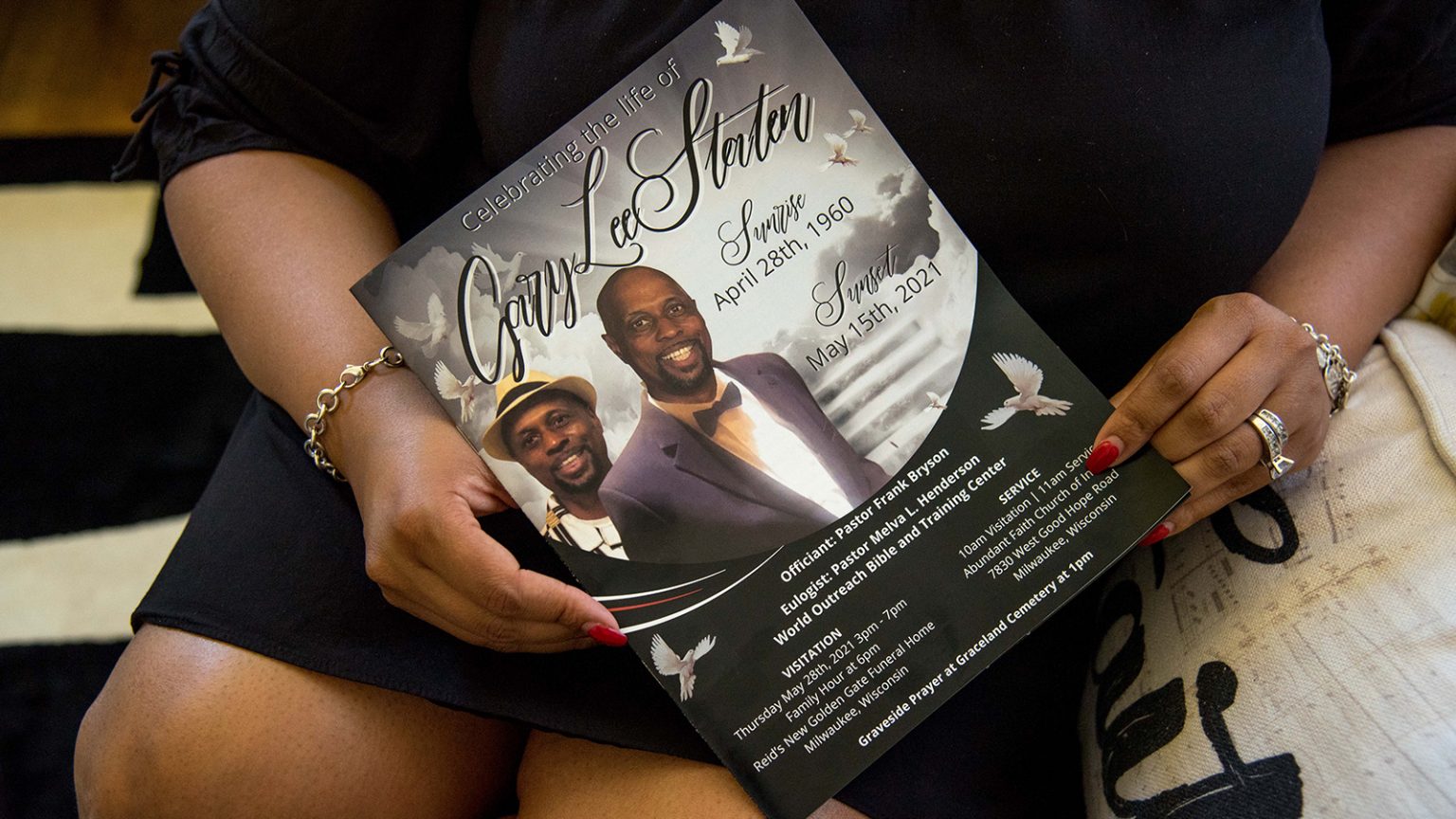
The Federal Emergency Management Agency is providing up to $9,000 per COVID-19-related funeral to ease the financial burden of memorializing hundreds of thousands of Americans lost to the pandemic. Shenora State-Jordan of Milwaukee recalls making about eight calls in May and June before reaching a FEMA employee. The agency says it has since improved its performance. Staten-Jordan is seen on June 16, 2021 in her Milwaukee home with a program from her father's service. (Credit: Will Cioci / Wisconsin Watch)

By Noelle Alviz-Gransee, Wisconsin Watch and Kristin Byrne, TMJ4 News
Shenora Staten-Jordan felt lost when her father, Gary Lee Staten, died of COVID-19 in May. She hadn’t expected to lose him so soon at age 61 — or for a contagious disease to hinder her goodbye.
All of that only strengthened her Milwaukee family’s wishes to give Staten — a beloved father and grandfather who spent 30-plus years serving Milwaukee Public Schools — the type of homegoing service he deserved, she said.
“We look at the news every day and we are seeing numbers of COVID-19 cases, and people that have lost their lives to COVID-19,” Staten-Jordan said. “And who he was as a person is minimized.”
But the service, burial and extra expenses set the family back $21,000.
A relative told Staten-Jordan about a Biden administration program that might help. The Federal Emergency Management Agency in April began accepting applications to help cover funeral and burial costs for those who have died of COVID-19 since Jan. 20, 2020.
The program, created and expanded through two stimulus bills enacted by Congress, aims to ease the burden of memorializing hundreds of thousands of Americans lost to the coronavirus.
Applicants are eligible for up to $9,000 per funeral through the FEMA program and up to $35,500 for people who pay for multiple COVID-19-related funerals. That’s just below the $9,135 national median cost of an adult funeral with burial, according to a 2019 National Funeral Directors Association estimate. The median adult funeral with cremation was $6,645.
Staten-Jordan hoped the application process would be straightforward, allowing her family to move on with their lives. It was anything but, she said.
“I began to call (FEMA) to see if those funds could be available to me, how it worked, what I needed to submit. I was just kind of really confused,” she said. “And that’s when I started the journey of not being able to speak to anyone.”
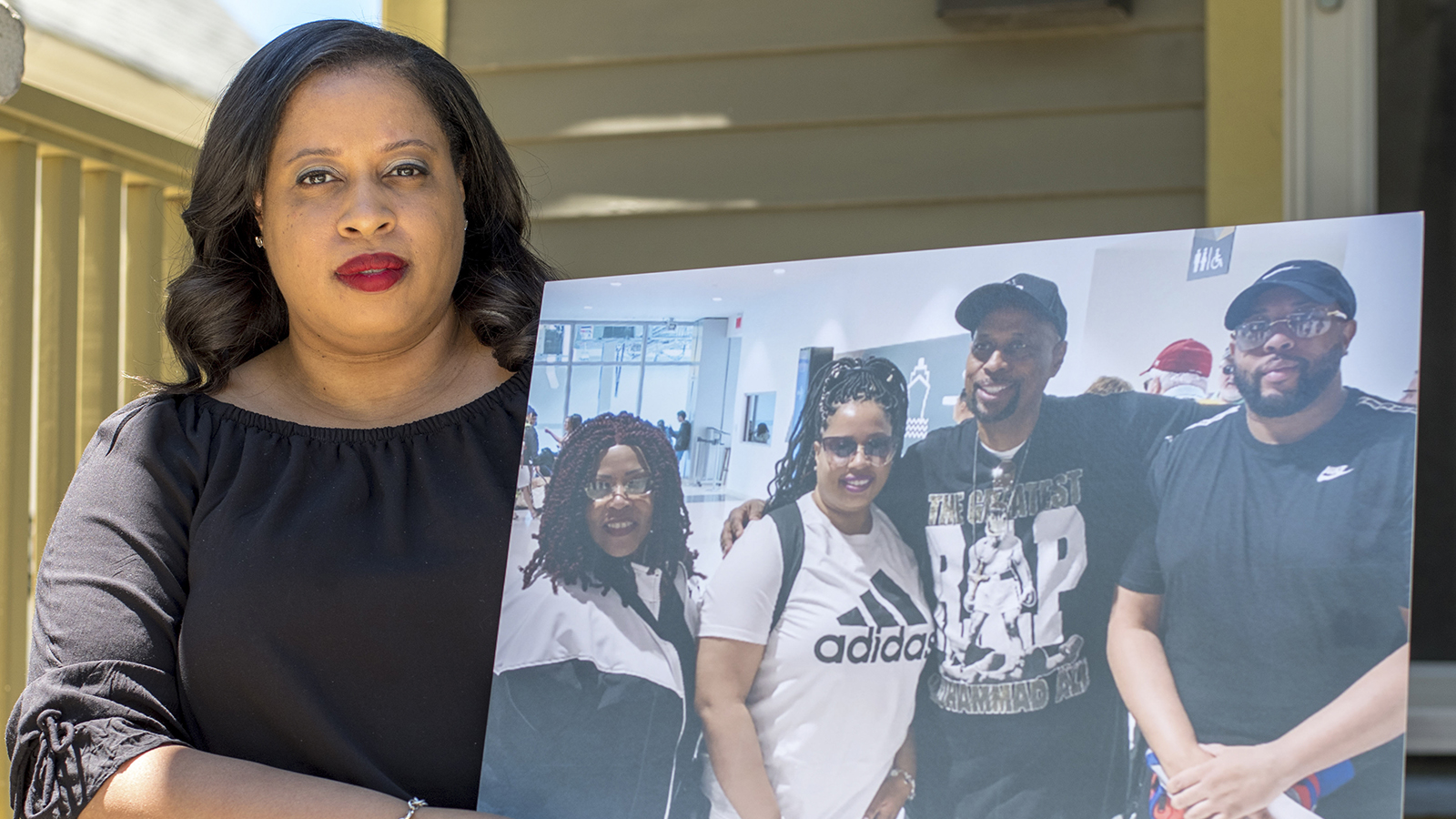
When Shenora Staten-Jordan’s father passed away from COVID-19 in May 2021, she hoped a federal funeral relief program would help shoulder the cost of the unexpected loss. After days on hold, she gave up getting in touch with the people who could help. Staten-Jordan is seen on June 16, 2021 at her Milwaukee home with a picture of her family that includes her late father, second from right. (Credit: Will Cioci / Wisconsin Watch)
Concerns have echoed nationwide about confusing bureaucracy and waits as the agency wades through thousands of applications. After all, as of July 1, the pandemic had killed more than 602,000 people in the United States, including 7,300-plus in Wisconsin.
FEMA is initiating applications only over the phone, and Staten-Jordan struggled for weeks to reach an operator. She recalls making about eight calls in May and June before reaching an employee who estimated that it would take three to five days for FEMA to approve the receipts she uploaded and as many as 90 additional days to deliver the reimbursement.
“It wasn’t a readily available resource for me during a very traumatic time of my life and my family’s life. And my heart goes out to those families who are absolutely depending on this resource,” Staten-Jordan said, adding that she was “blessed” she could afford her father’s service without too much financial hardship.
Dan Shulman, a FEMA Region 5 spokesperson, acknowledges hiccups early as the agency — which had never previously run a call-in-only operation, let alone on such a big scale — struggled to handle a crush of calls. But the agency has since added employees and improved the process, he said.
“In the first day or two, I’m sure you heard from people that tried to call in. We received more than a million phone calls that first day,” he said. “We quickly were able to work with our technical partners to address the technical problems, and since then, from a technical standpoint, we’ve been able to accommodate people with very, very minimal delays.”
Six million dollars in aid to Wisconsinites
As of June 28, FEMA has delivered $447 million in assistance to 66,800 people nationwide, agency data show. It distributed about $6 million to 872 applicants in Wisconsin, about 23% of the 3,734 who have called to start the application process. Fewer than 10 applicants in the state were ruled ineligible as of mid-June, Shulman said.
He said processing times range from two weeks to 30 days after an applicant submits receipts and other required documentation — including evidence that COVID-19 caused the death. But some applications are more complicated than others, Shulman said, making individual wait times hard to predict.
Callers now wait less than a minute on average to connect with an operator, he said.
Staten-Jordan had a much different experience beginning in May. During her first two calls, she waited for almost 50 minutes before the calls ended abruptly, she said. In one case, the phone just rang. In the other, she recalled hearing no sound.
She tried again on a Monday morning, she said, and waited more than an hour on hold before getting disconnected. A handful of additional disconnected calls later, Staten-Jordan finally reached a staffer whom she called “very professional and patient.” The operator showed her how to upload receipts and other documents.
“I’m used to using technology to get things done. My dad, or my mom or my grandmother or other people that are not as technologically savvy, they would have struggled with that process,” Staten-Jordan said. “It’s already a traumatic experience, an abrupt experience, and to be greeted with so many hurdles to receive this resource, it’s unfortunate.”
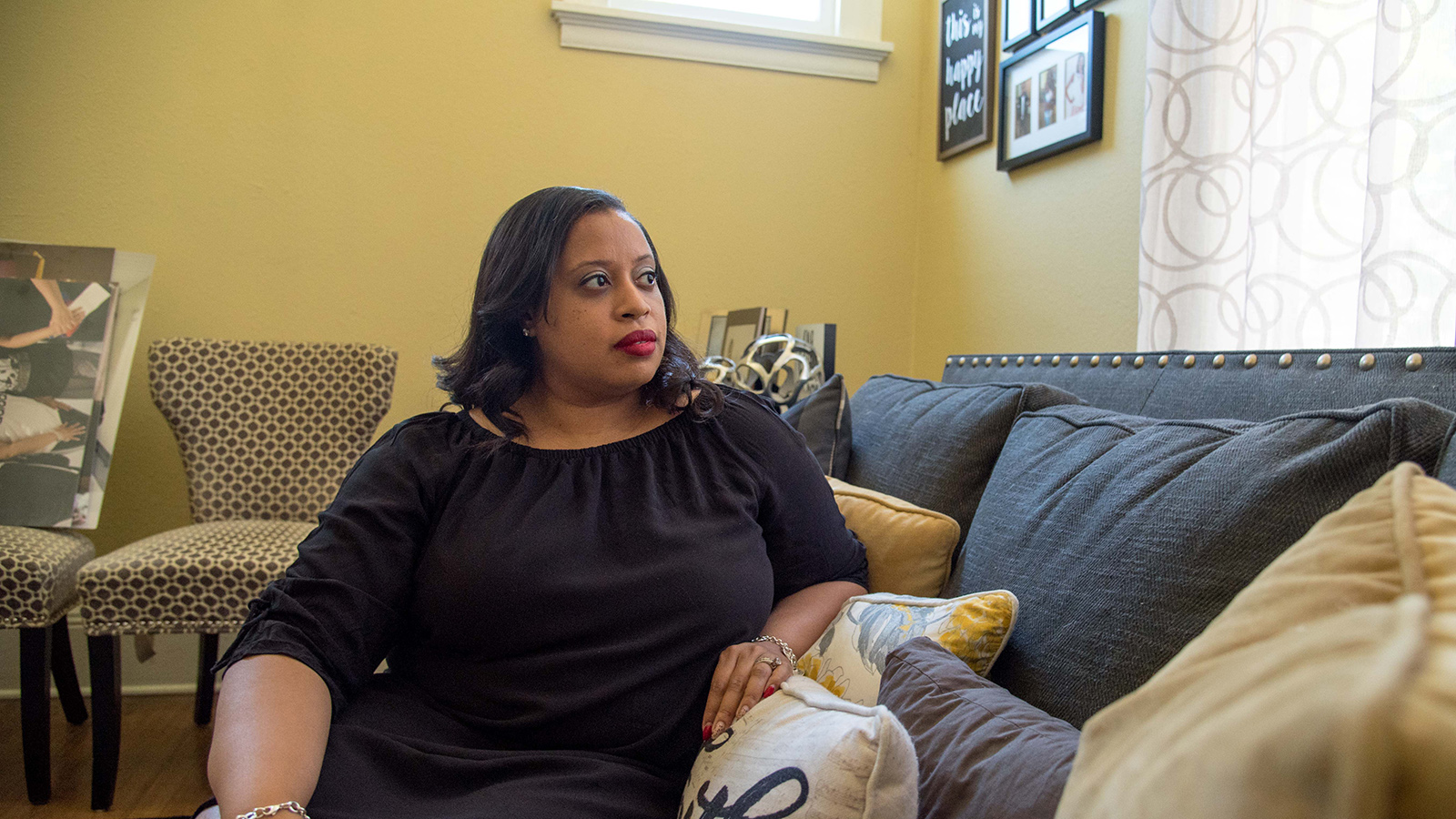
Shenora Staten-Jordan struggled for weeks to apply for $9,000 from the Federal Emergency Management Agency for COVID-19-related funeral expenses for her father. “It wasn’t a readily available resource for me during a very traumatic time of my life and my family’s life. And my heart goes out to those families who are absolutely depending on this resource,” Staten-Jordan says. She is seen in her Milwaukee home on June 16, 2021. (Credit: Will Cioci / Wisconsin Watch)
Why does FEMA initiate applications only over the phone? Shulman offered several reasons. It allows operators to approach applicants with compassion and prevent confusion, particularly since the format of death certificates varies from state to state. Employees manually process each application — including those with handwritten documents that an automated system might fail to recognize, Shulman said.
When someone calls, Shulman said, an operator walks them through the process, including what documents are needed. The agency follows up with a letter formally requesting that information, which can be mailed, faxed or uploaded to a government web portal.
When FEMA launched the program, it required all applicants to submit a death certificate listing COVID-19 as a cause of death. The agency announced on June 29 that it eased rules for applicants who lost loved ones between Jan. 20 and May 16, 2020 — an early stretch of the pandemic that predated widespread COVID-19 testing and federal guidance for documenting the disease as a cause on death certificates. Those applicants now may qualify by submitting a signed letter from a coroner, medical examiner or official who certified the death certificate that links COVID-19 to the death.
Spreading the word
Shulman said the agency needs help in its goal to reach everyone who is eligible. Congress did not cap total payouts from the program, so applicants are not competing for funds.
“We don’t just reimburse family. We will reimburse anybody that incurred funeral expenses as a result of COVID-19,” he said. “So it could have been your neighbor, it could have been a long-time friend, it could have been somebody that you didn’t know that you just felt the generosity to help cover the cost of their funeral.”
The agency, however, can only reimburse a single applicant — the person who paid the bill — for each funeral, Shulman added.
“We can’t bring back your loved one, but we can help ease the financial burden of the loss,” he said.
Ellen McBrayer, executive vice president of Jones-Wynn Funeral Homes and Crematory outside of Atlanta, Georgia, and a spokesperson for the National Funeral Directors Association, said she hopes that more will apply for funeral aid, but grief may be preventing some people from doing so.
“When people see that and they’ve suffered a loss, emotionally, it would have to be hard to take another step,” she said. “Families have just been devastated.”

Gary Lee Staten died of COVID-19 in May 2021. He was a beloved father and grandfather who spent 30-plus years serving Milwaukee Public Schools, family members said. All of that only strengthened her Milwaukee family’s wishes to give Staten the type of homegoing service he deserved, says his daughter Shenora Staten-Jordan. (Credit: Courtesy of Shenora Staten-Jordan)
Sheila Reid-Johnson, who operates Reid’s New Golden Gate Funeral Home in Milwaukee and Racine and owns another funeral home in Chicago, said some clients are aware of the aid program but arrive with misperceptions. Some incorrectly think that FEMA will pay their bill upfront rather than later reimburse costs or — they incorrectly assume that multiple family members can recoup costs for the same funeral, she said.
Reid-Johnson tries to clear up confusion — help that Staten-Jordan said she hopes funeral homes will continue to offer grieving families as they navigate FEMA’s bureaucracy.
“We were blessed that we had the means to lay my father to rest and to give him a wonderful homegoing experience — for myself, for my children, for my brother and the rest of our family,” she said. “For those that (depend on this money for a funeral), my prayers and my thoughts are with them, and I hope that they keep the faith.”
Navigating FEMA’s COVID-19 funeral assistance program
Who is eligible: People who paid for funerals/burials for COVID-19 deaths in the U.S. on or after Jan. 20, 2020 — and who can present receipts and documentation of a the cause of death. The death certificate must indicate the death was caused by, “may have been caused by” or “was likely a result of” COVID-19 or COVID-19-like symptoms. For deaths that occurred between Jan. 20 and May 16, 2020, a signed letter from a coroner, medical examiner or official who certified the death certificate that links COVID-19 to the death suffices as documentation. Non-U.S. citizens may apply.
How much aid is available: Applicants are eligible for up to $9,000 per funeral through the FEMA program and up to $35,500 for people who pay for multiple COVID-19-related funerals. Congress did not cap total payouts from the program.
What costs are covered: A range of items, including funeral services, cremations, transfers of remains, caskets/urns, burial plots/cremation niches, grave markers/headstones. More examples are listed here.
What info/documents are needed: Social Security numbers (for the applicant/deceased), dates of birth (for the applicant/deceased), applicant’s mailing address and phone number, location/address where death occurred, information about any burial or funeral insurance policies or other funeral assistance received, routing and account numbers for applicant’s checking or savings account if direct deposit is requested.
How to apply/send info: Call 844-684-6333. An operator will outline the application process and record information. Documents may later be submitted through mail, fax, or an online portal at DisasterAssistance.gov.
For more information: Visit this website or call the Funeral Assistance Helpline at 844-684-6333.
Other help: Those who are ineligible for FEMA assistance can ask their funeral home or service providers about the Wisconsin Funeral and Cemetery Aids Program. Eligible applicants can get up to $1,500 for funeral/burial expenses, and up to $1,000 for unmet cemetery/crematory expenses. Find more information here.
Noelle Alviz-Gransee is a Reynolds Journalism Institute Innovation fellow for Wisconsin Watch, working with its News414 collaboration. Kristin Byrne a consumer reporter for the TMJ4 I-Team. The nonprofit Wisconsin Watch collaborates with WPR, Wisconsin PBS, other news media and the University of Wisconsin-Madison School of Journalism and Mass Communication. All works created, published, posted or disseminated by Wisconsin Watch do not necessarily reflect the views or opinions of UW-Madison or any of its affiliates.
 Passport
Passport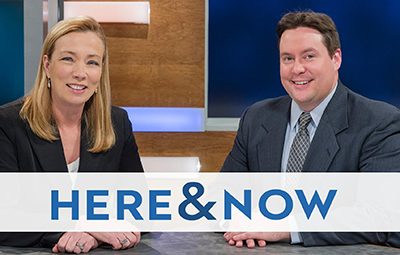
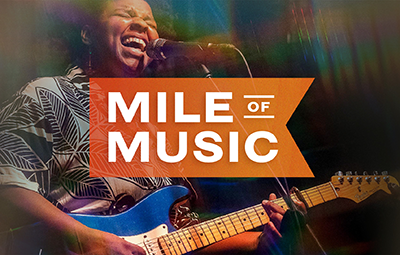
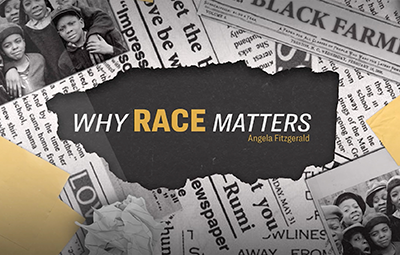
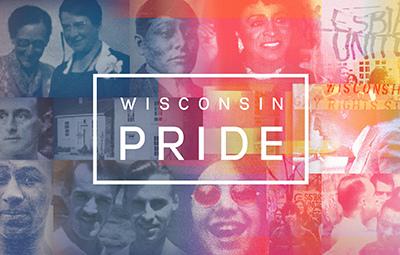

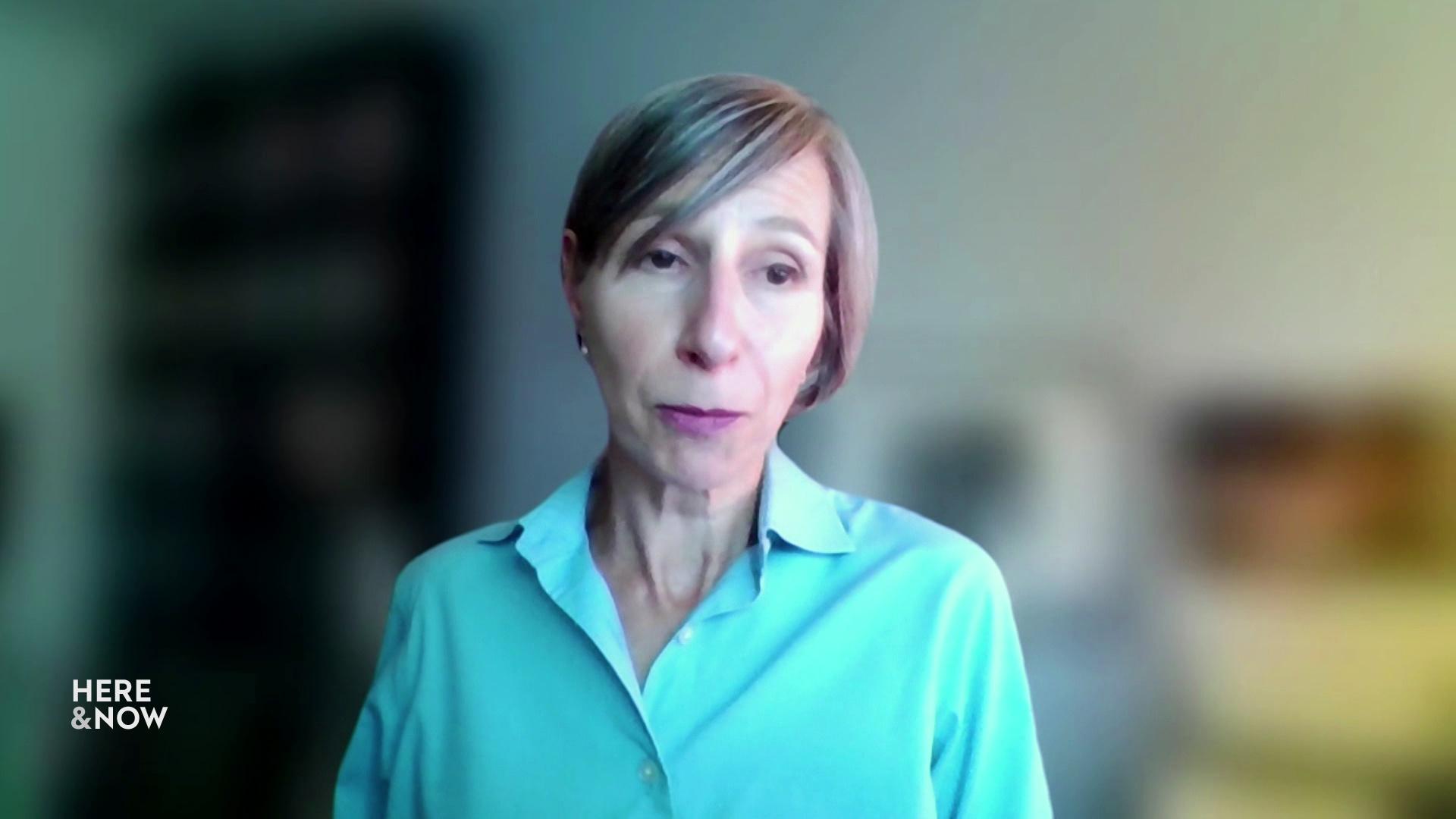
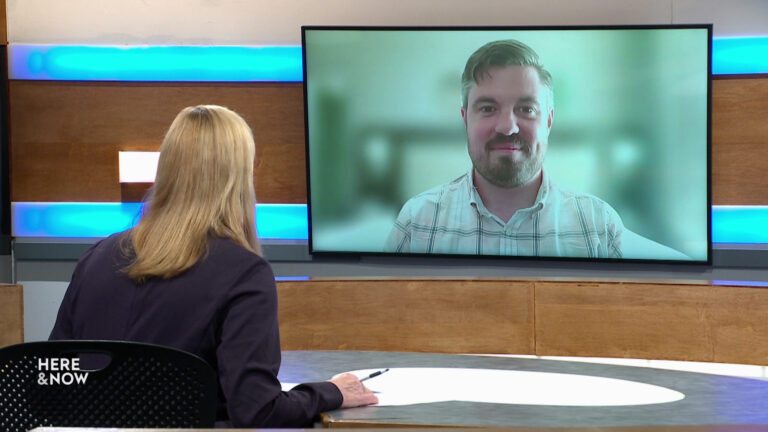
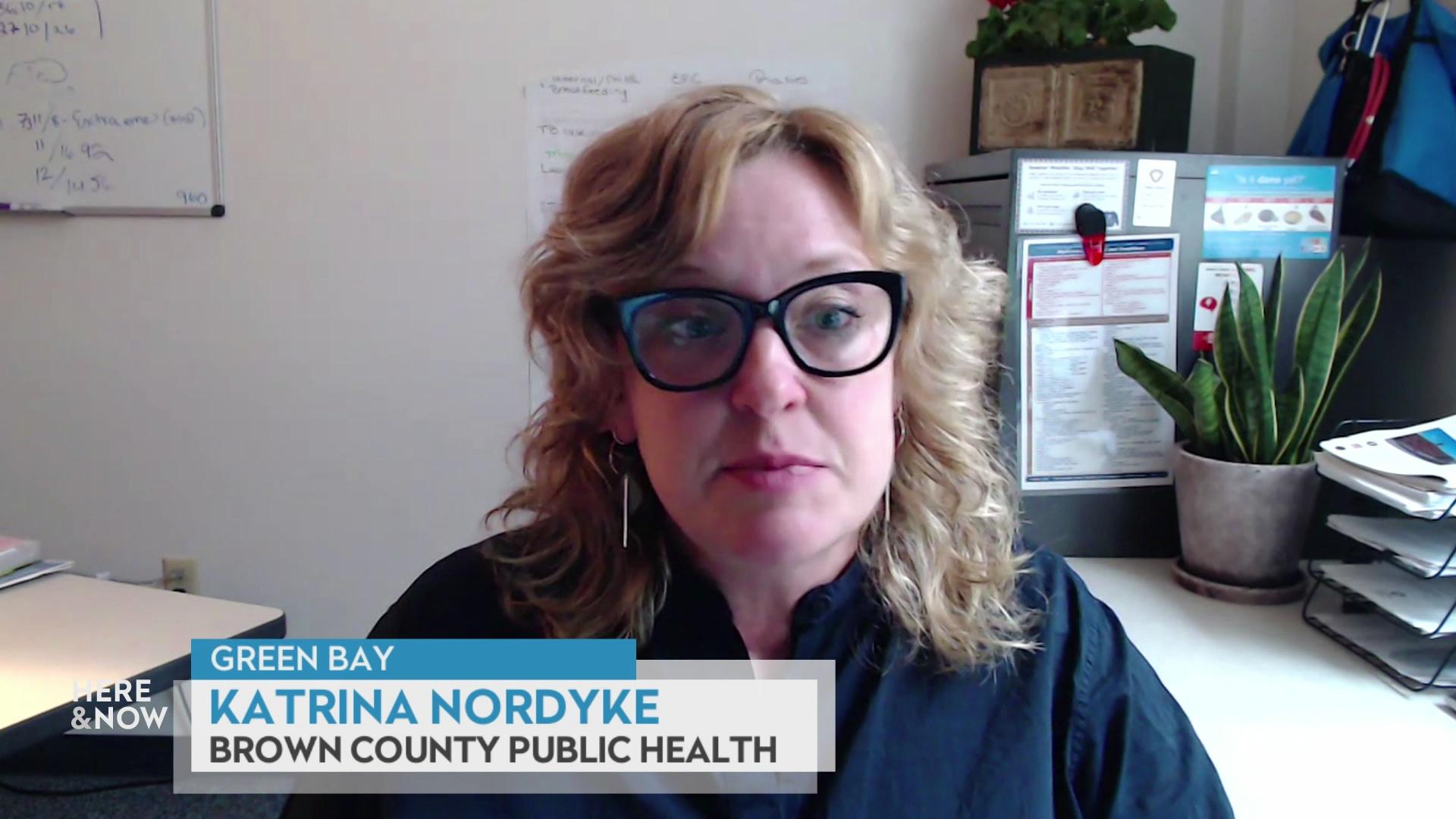
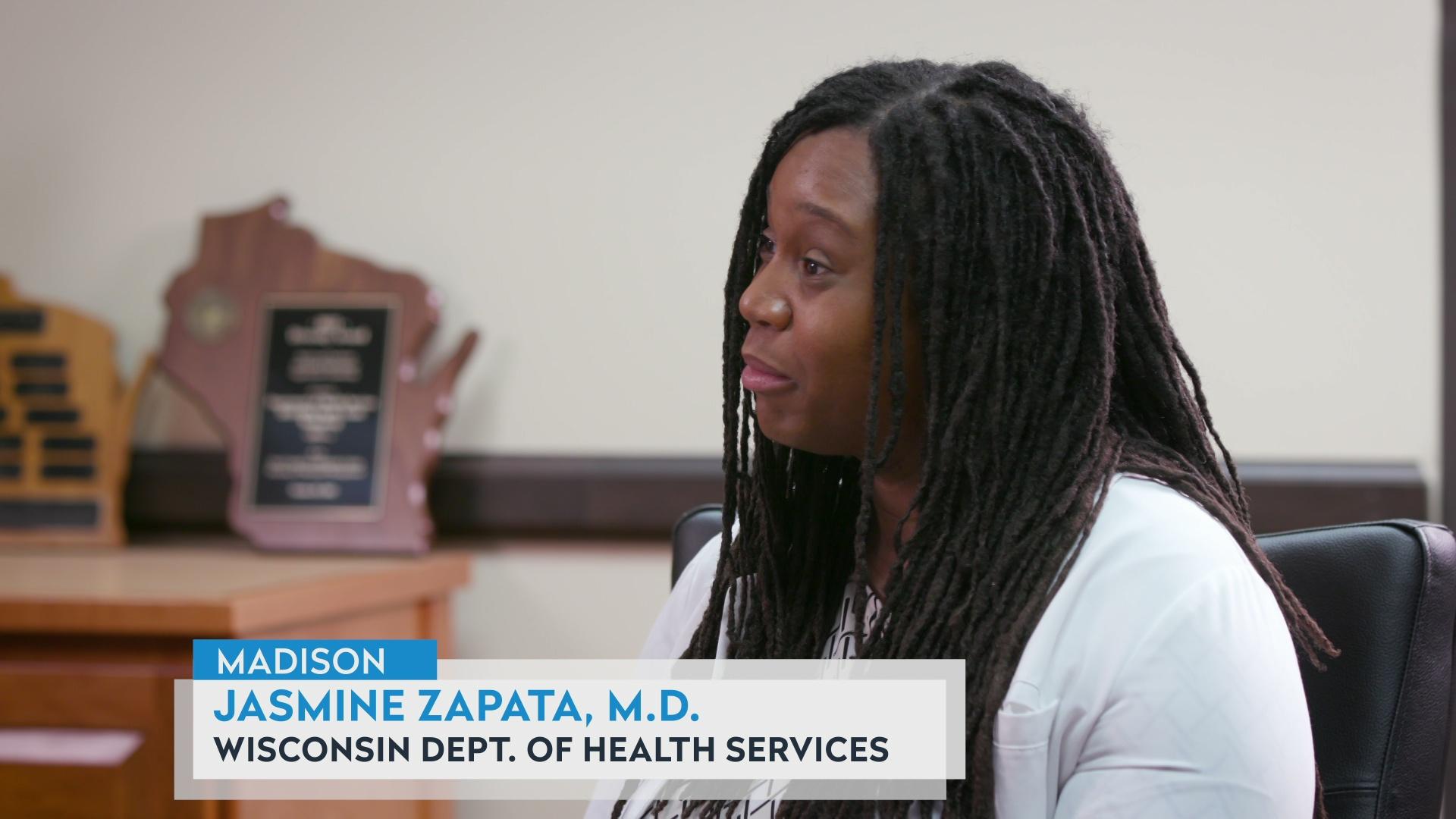

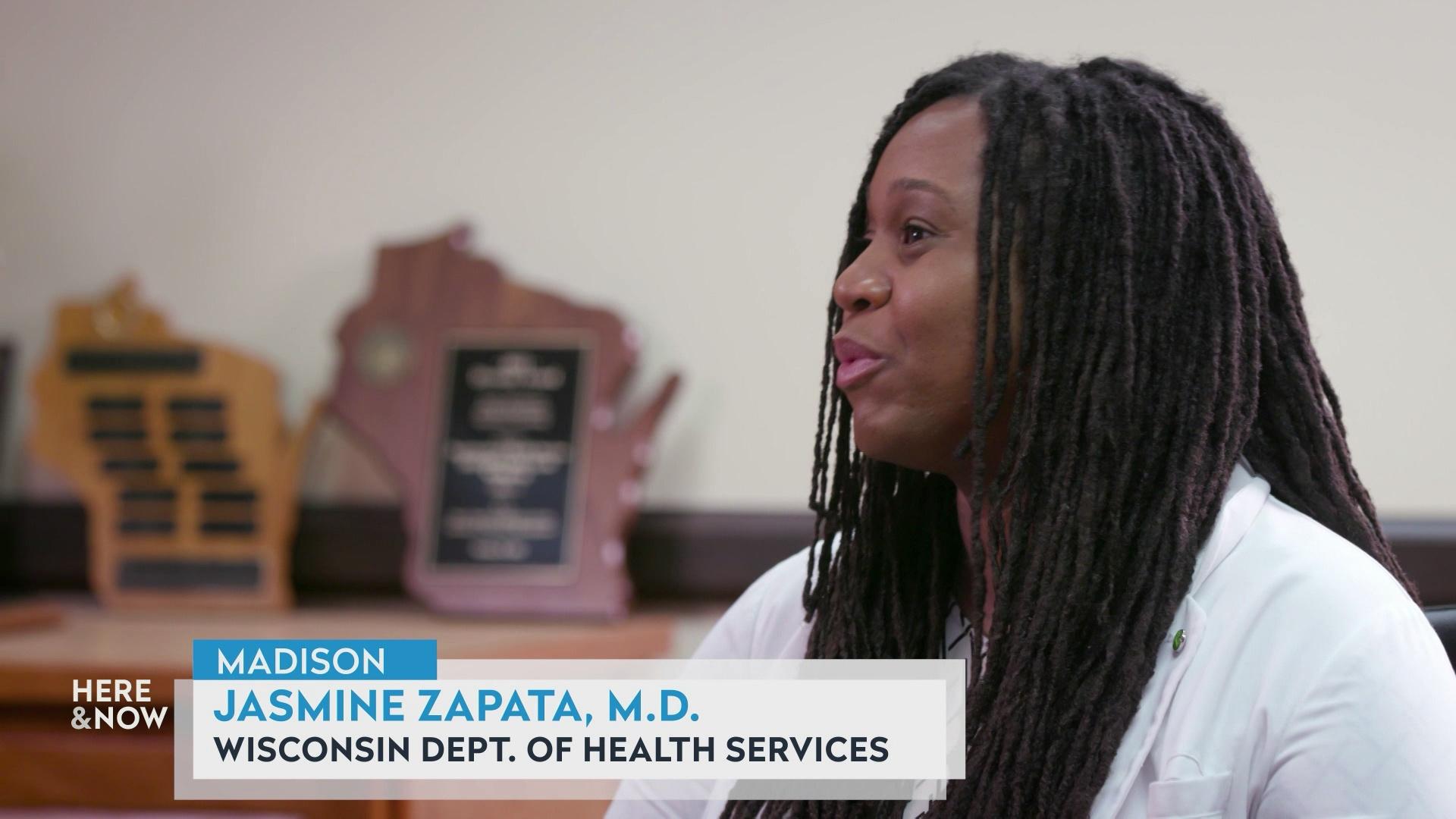

Follow Us